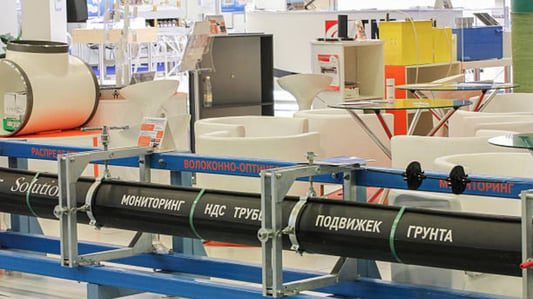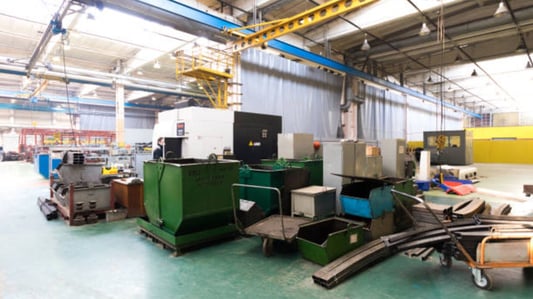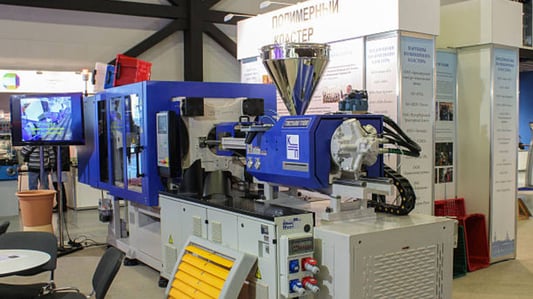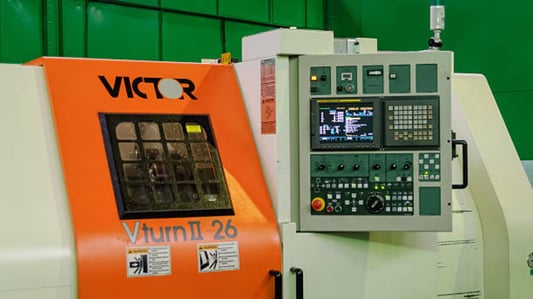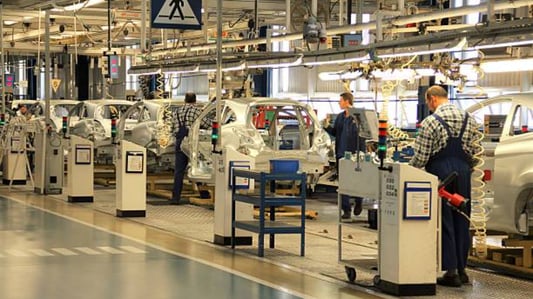What is a high speed horizontal machining center?A high speed horizontal machining center is a cutting-edge machine tool used in the manufacturing industry for precision engineering tasks. It is designed to efficiently and accurately perform a wide range of machining operations on various materials, including metal, plastic, and composite materials.Advantages of High Speed Horizontal Machining CentersOne of the main advantages of high speed horizontal machining centers is their ability to increase productivity and reduce production time. These machines are capable of performing multiple machining operations in a single setup, leading to improved efficiency and reduced labor costs.Precision and AccuracyHigh speed horizontal machining centers are known for their exceptional precision and accuracy. These machines are equipped with advanced technology, such as CNC (Computer Numerical Control) systems and high-speed spindles, that ensure a high level of accuracy in every machining operation.Applications of High Speed Horizontal Machining CentersHigh speed horizontal machining centers are widely used in industries such as aerospace, automotive, medical, and electronics. These machines are ideal for producing complex parts and components with tight tolerances, making them essential tools for modern manufacturing processes.Key Features to Look for in a High Speed Horizontal Machining CenterWhen choosing a high speed horizontal machining center, it is important to consider key features such as spindle speed, tool capacity, axis travel, and the type of control system. These factors can greatly impact the performance and capabilities of the machine.High Speed Machining TechniquesHigh speed horizontal machining centers employ advanced cutting techniques, such as high-speed machining and trochoidal milling, to achieve faster cutting speeds and higher material removal rates. These techniques help in improving productivity and reducing cycle times.Automation and IntegrationMany high speed horizontal machining centers are equipped with automation features, such as robotic loaders and pallet changers, that help streamline the production process and reduce operator intervention. Integration with CAD/CAM software also enhances the overall efficiency of the machine.Cost ConsiderationsInvesting in a high speed horizontal machining center can be a significant financial commitment. However, the long-term benefits of increased productivity, reduced lead times, and improved quality often outweigh the initial cost. It is important to carefully evaluate the ROI potential before making a purchase decision.Maintenance and ServiceProper maintenance and servicing are crucial for ensuring the optimal performance and longevity of a high speed horizontal machining center. Regular inspection, lubrication, and calibration of the machine components are essential to prevent downtime and costly repairs.Future Trends in High Speed Horizontal Machining CentersWith advancements in technology and the increasing demand for high precision and efficiency in manufacturing, the future of high speed horizontal machining centers looks promising. Innovations such as AI-based machine learning and IoT connectivity are expected to revolutionize the industry.Quote InquiryContact us!


